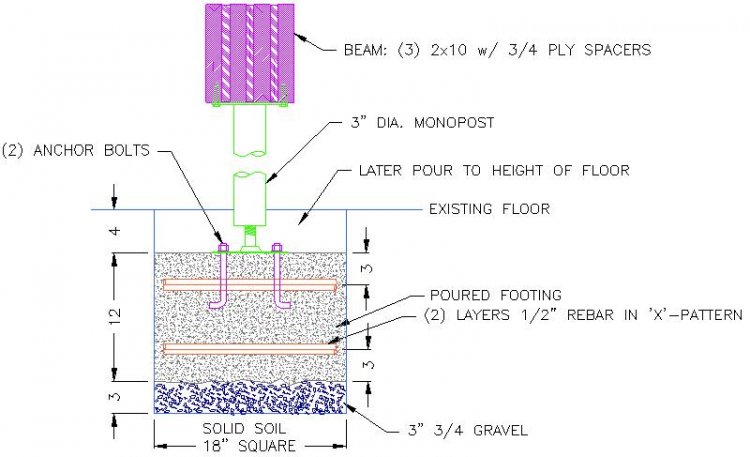
From a usability perspective, the fact that the currently displayed tab’s trigger element is not immediately visible (as it’s inside the closed dropdown menu) can cause confusion. Note that dynamic tabbed interfaces should not contain dropdown menus, as this causes both usability and accessibility issues. If you’re building our JavaScript from source, it requires util.js.ĭynamic tabbed interfaces, as described in the WAI ARIA Authoring Practices, require role="tablist", role="tab", role="tabpanel", and additional aria- attributes in order to convey their structure, functionality and current state to users of assistive technologies (such as screen readers). Use the tab JavaScript plugin-include it individually or through the compiled bootstrap.js file-to extend our navigational tabs and pills to create tabbable panes of local content, even via dropdown menus. Active Dropdown Action Another action Something else here Separated link Link Disabled JavaScript behavior Using dropdownsĪdd dropdown menus with a little extra HTML and the dropdowns JavaScript plugin.

See JavaScript behavior for dynamic tabbed interfaces in this section for an example. These are only appropriate for dynamic tabbed interfaces, as described in the WAI ARIA Authoring Practices. nav-tabs class, should not be given role="tablist", role="tab" or role="tabpanel" attributes. Note that navigation bars, even if visually styled as tabs with the. Do not add the role to the itself, as this would prevent it from being announced as an actual list by assistive technologies. If you’re using navs to provide a navigation bar, be sure to add a role="navigation" to the most logical parent container of the, or wrap a element around the whole navigation. Ensure primary interaction elements like call to action buttons appear in similar location to reduce the amount of time it takes users to select thees elements and reduced the time to locate these elements.Active Link Link Disabled Regarding accessibility.Follow the grid consistently to help support the brain while skimming and scanning and reduce cognitive load when trying to make sense of an inconsistently layout experience.Consider the main goal, purpose, and user task of the page/workflow when deciding which page content area to span and ensure the layout supports user who many have cognitive delay or low literacy.This means you should avoid changing the flexbox order property of the grid columns. The DOM order and visual presentation of content should be consistent, in order to not break keyboard navigation.Low-vision users should be able to increase the size of the text by up to 200 percent without breaking the layout.Place text in narrower columns to keep text lines from becoming too wide or use the measure utility classes. Avoid text lines longer than 75 characters.Choose a 12-column grid with flexible column widths and fixed gutters.Avoid mixing this grid and other grid systems.Use to place UI elements into consistent responsive columns and page layouts.Do not extend the layout regions into the gutters. Grid gutters are there to create spacing between the layout regions.


Consider small screens as part of the design process and create layouts that adapt or change to accommodate various viewport sizes as needed.Choose a single grid system for the entire site.ds-l-form-row class to tighten the column spacing when laying out form fields in a grid. Left Center Right Top Center Bottom Form rows


 0 kommentar(er)
0 kommentar(er)
